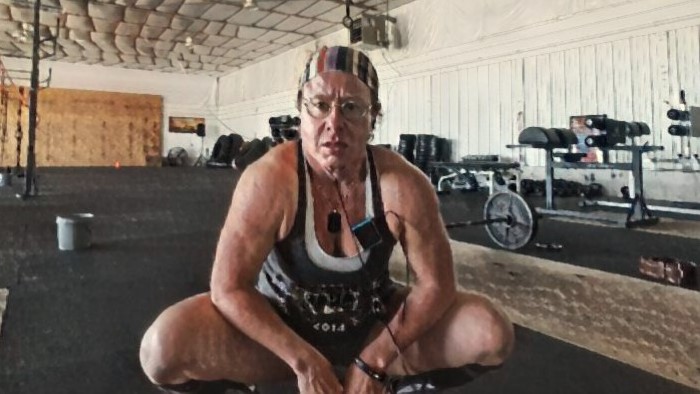
The quest for an effective and useful measure of training load and intensity in resistance training has a long history. While for endurance tasks measurement methods have been produced and validated decades ago, resistance training remains in the controversial stage. Subjective perception of effort scales have been produced and are widely used. The scale that seems to better correspond to training intensity is the subjective perception of "reps in stock". This method requires the lifter to have well-developed self-awareness about their response to that specific stimulus.
Then, as always, someone makes a nice commercial package of something known and used and claims it for themselves. Now you see dozens of lifters posting videos with their respective RPEs. Most are actually unaware of what "reps in stock" means and since they are supposed to attribute a score to their subjective perception, feeling great gives them an RPE=7 when it's pretty obvious that if they can perform a second rep it will be all they got.
Then a random coach looks at the random lifter and says:
- this is maximal effort, dude
How did he know?
The relation between bar velocity and intensity (measured as a percentage of 1RM) has been known for a while. It is consistent. It has a high correlation. There are now lots of free apps that measure barbell velocity with a smartphone from an ordinary gym video.
This is the most recent article on the subject by Häkkinen's group in Finland:
Validity of Using Velocity to Estimate Intensity in Resistance Exercises in Men and Women
What the random coach saw on the random lifter's squat was such a significant loss of velocity that it was obvious this effort was very close to a maximal effort or 1RM. For that day, that time and that lifter. Maybe that same lifter will lift that same weight with easy three reps on stock next week.
What today was an RPE=10, if you like RPE scales, will be an RPE=7 under other physiological and psychological circumstances. The bar velocity will tell it.








